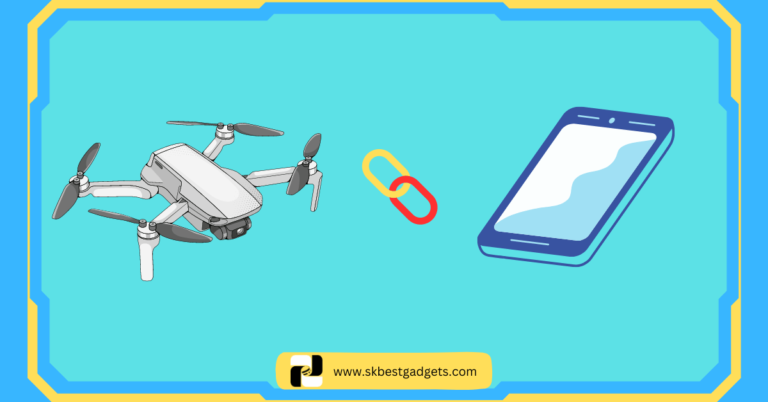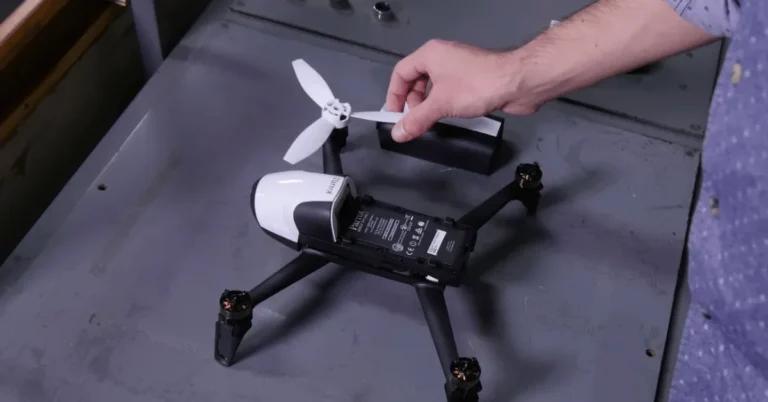Can the DJI Phantom 3 Standard Be Custom Coded to Fly a Pattern?

The DJI Phantom 3 Standard is a popular quadcopter drone widely recognized for its user-friendly design and robust performance.
This model has carved out a niche among hobbyists and semi-professional users, owing to its balance of affordability and advanced features.
Equipped with a 2.7K HD camera, the Phantom 3 Standard offers impressive aerial photography and videography capabilities, making it a favorite for capturing stunning footage from the sky.
One of the key features of the Phantom 3 Standard is its integrated GPS, which enhances flight stability and enables precise hovering.
The drone is powered by a 4480mAh LiPo 4S battery, providing an average flight time of around 25 minutes.
This allows users ample time to explore and capture their desired shots. Additionally, the Phantom 3 Standard includes a user-friendly remote controller that ensures smooth and responsive control over the drone, even for those new to piloting these devices.
Usability is a significant aspect of the DJI Phantom 3 Standard. The drone is designed to be easily accessible to beginners, with automated flight features such as auto-takeoff, auto-landing, and return-to-home functions.
These features not only enhance the flying experience but also ensure a safer operation, reducing the risk of crashes and mishaps.
The DJI GO app further complements the drone’s usability by providing real-time video feed, flight telemetry, and easy access to various settings.
The Phantom 3 Standard is versatile in its applications, commonly used for recreational flying, aerial photography, and videography.
Its stable flight characteristics and high-quality camera make it suitable for capturing landscapes, events, and even conducting basic aerial inspections.
This versatility and reliability have made the DJI Phantom 3 Standard a go-to choice for many drone enthusiasts.
Understanding the core features and capabilities of the DJI Phantom 3 Standard sets the foundation for exploring its potential for customization and programming.
With its proven track record and widespread use, the question of whether it can be custom coded to fly specific patterns is both intriguing and relevant to its user base.
Unsure if Remote ID applies to hobby flyers? Dive deeper to see if recreational drone pilots need to be Remote ID compliant [or] just hold a Part 107 license!pen_spark
Understanding the Technical Capabilities and Limitations
The DJI Phantom 3 Standard is a popular choice among drone enthusiasts and professionals alike, known for its reliability and ease of use.
When considering the potential for custom coding to enable specific flight patterns, it’s crucial to delve into the technical aspects of this model.
The core of the Phantom 3 Standard consists of its firmware and onboard flight controller, which are pivotal in determining the drone’s capabilities and constraints.
The Phantom 3 Standard’s firmware is designed to manage all the essential functions of the drone, from flight stability to communication with the remote controller.
The firmware, however, is closed-source, which means that users do not have direct access to modify it.
This limitation significantly impacts the extent to which custom coding can be directly applied. Nonetheless, the flight controller, which acts as the brain of the drone, can interface with external software through the use of APIs (Application Programming Interfaces) and SDKs (Software Development Kits).
DJI offers a dedicated SDK for its range of drones, including the Phantom 3 series. The DJI Mobile SDK and DJI Onboard SDK provide developers with tools to create custom applications that can control various aspects of the drone’s flight.
Through these SDKs, users can program autonomous flight patterns, gather telemetry data, and integrate additional functionalities.
However, it’s important to note that the DJI Mobile SDK is primarily intended for use with mobile devices, whereas the DJI Onboard SDK allows for more complex integrations but requires additional hardware.
Despite these capabilities, there are inherent limitations to consider. The Phantom 3 Standard’s hardware, while robust, lacks some advanced features found in newer models, such as obstacle avoidance sensors and more powerful processors.
These hardware constraints mean that while custom coding can enhance flight patterns, it cannot compensate for physical limitations of the drone itself.
Moreover, any modifications made through SDKs must comply with DJI’s terms of service and regulatory guidelines, ensuring safety and legality in drone operations.
In summary, the DJI Phantom 3 Standard offers a blend of robust features and certain limitations when it comes to custom coding for flight patterns.
Understanding the interplay between its firmware, flight controller, and available SDKs is crucial for effectively leveraging its capabilities while navigating its constraints.
Curious about the future of war drones? Dive into this discussion on fully automated autonomous quadcopters and the legal debates surrounding them.
Methods for Custom Coding Flight Patterns
The DJI Phantom 3 Standard offers a variety of methods for custom coding flight patterns, which can be accomplished using third-party applications, DJI’s Software Development Kits (SDKs), or firmware modifications.
Each method requires different levels of programming expertise and resources, providing flexibility based on user proficiency and project requirements.
One of the most accessible methods is utilizing third-party applications that support custom flight paths. Applications such as Litchi and DroneDeploy offer intuitive interfaces to plan and execute complex flight patterns.
These apps enable users to draw waypoints on a map, set altitude levels, and establish specific actions at each waypoint.
While these tools provide a high degree of control, they often require a subscription fee and may have limitations in customization compared to coding directly.
For those with a programming background, employing DJI’s SDKs can offer a deeper level of customization. The DJI Mobile SDK and Onboard SDK allow developers to create applications that can control the drone’s movements programmatically.
These SDKs provide comprehensive documentation, sample codes, and a range of functionalities such as waypoint missions, orbit modes, and custom gimbal control.
Setting up a development environment usually involves configuring an Integrated Development Environment (IDE) and understanding languages such as Python, Java, or C++. This method offers extensive control but demands a solid foundation in software development.
Advanced users might consider modifying the drone’s firmware to achieve bespoke flight patterns.
Firmware modification generally requires a profound understanding of embedded systems and drone architecture.
Tools like ArduPilot or PX4 can be used to reflash the firmware, granting unparalleled customization options.
However, this approach carries risks, such as voiding warranties and potential malfunctions if not executed correctly.
To sum up, the DJI Phantom 3 Standard can indeed be custom coded to fly specific patterns through various methods, ranging from user-friendly third-party applications to advanced firmware modifications.
Each method offers a unique set of tools and requires varying levels of programming knowledge, ensuring that users can find an appropriate solution regardless of their technical expertise.
Wondering Is Drone Technology Developed Enough to Be Trustworthy? Let’s dive deeper into its capabilities!
Practical Applications and Considerations
Custom-coded flight patterns for the DJI Phantom 3 Standard offer a range of practical applications across diverse fields.
In aerial photography, tailored flight paths can ensure precise, repeatable shots, enhancing the quality and consistency of visual content.
This is particularly beneficial for real estate marketing, film production, and landscape photography, where capturing the perfect angle is crucial.
Similarly, in surveying and mapping, custom flight patterns enable drones to cover predefined areas systematically, ensuring comprehensive data collection.
This functionality is invaluable for creating accurate topographical maps, infrastructure inspections, and environmental monitoring.
Agricultural monitoring also stands to gain significantly from custom-coded flight patterns. Drones can be programmed to fly over crop fields in a grid or other systematic patterns, capturing detailed images that help identify crop health, detect pests, and optimize water usage.
This data-driven approach can lead to more efficient farming practices and improved yield outcomes.
However, while the benefits are substantial, several important considerations must be addressed. Legal and safety issues are paramount.
Operators must comply with local aviation regulations, which may include restrictions on flight zones, altitudes, and the requirement for permits.
Safety concerns include the potential for technical malfunctions or loss of control, which could pose risks to both the drone and bystanders.
Therefore, thorough testing and validation of custom-coded flight patterns are critical. This involves not only bench-testing the code but also conducting controlled test flights to ensure the drone’s behavior meets expectations.
Additionally, potential risks such as interference from environmental factors and signal loss must be accounted for.
Incorporating failsafe mechanisms within the custom code can mitigate these risks, ensuring that the drone can return to a safe location or hover in place if an issue arises.
By balancing these considerations, users can leverage the advantages of custom-coded flight patterns while minimizing associated challenges, making the DJI Phantom 3 Standard a versatile tool for various professional applications.







